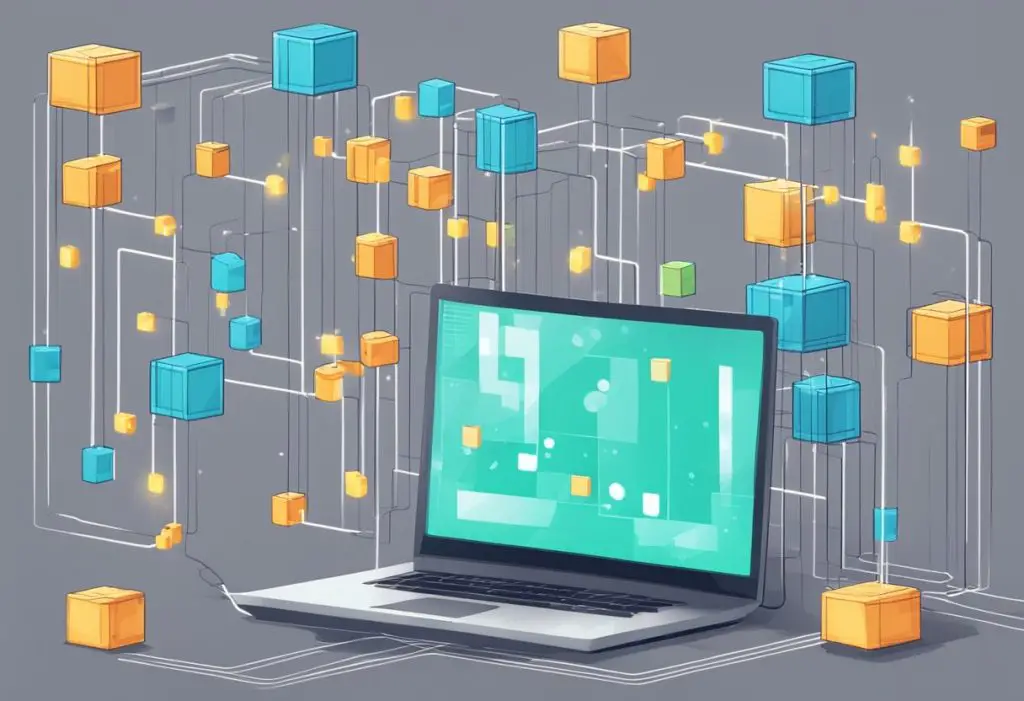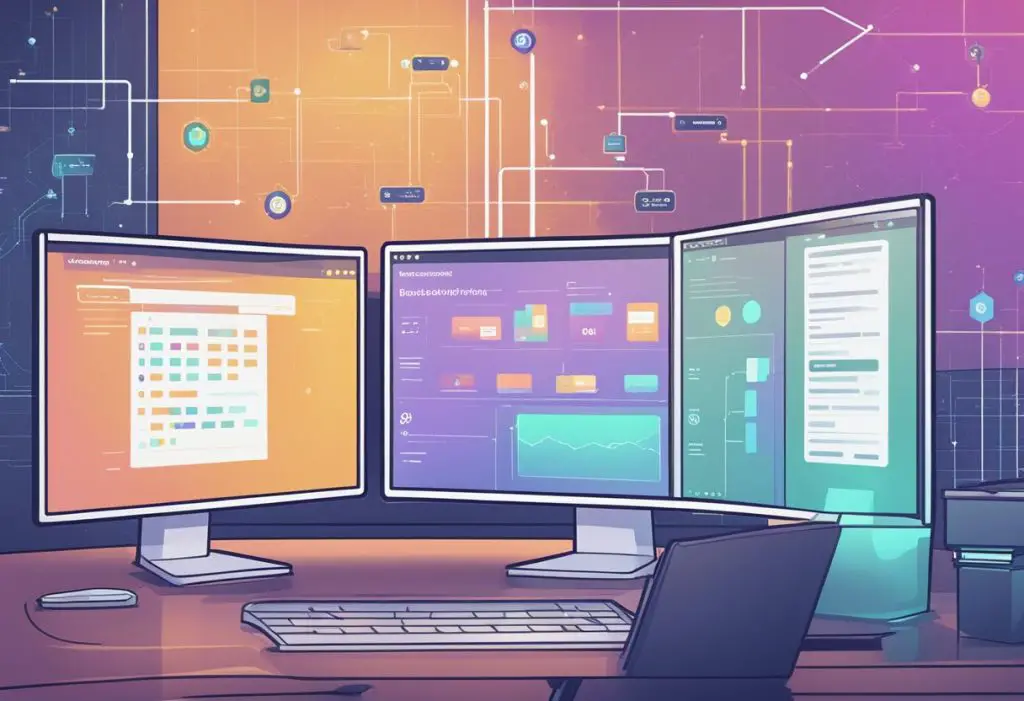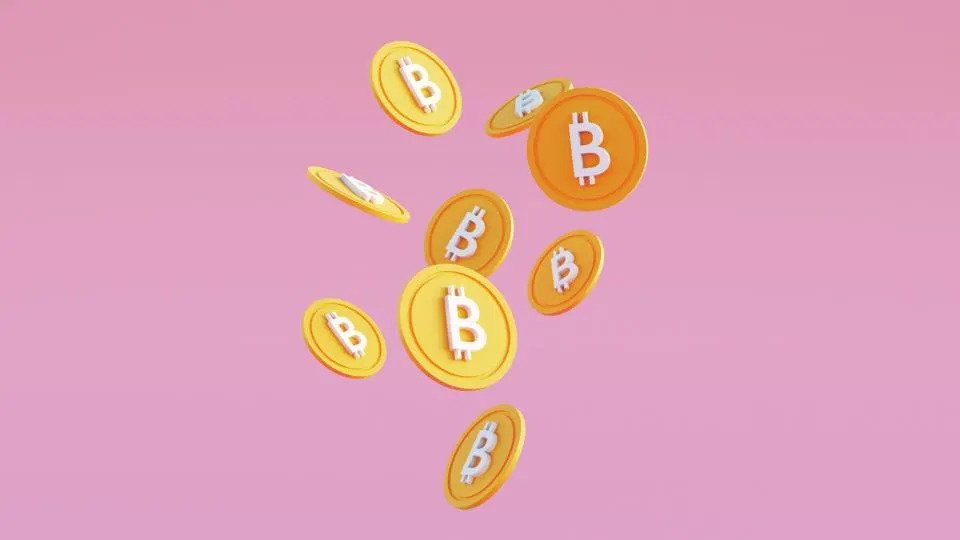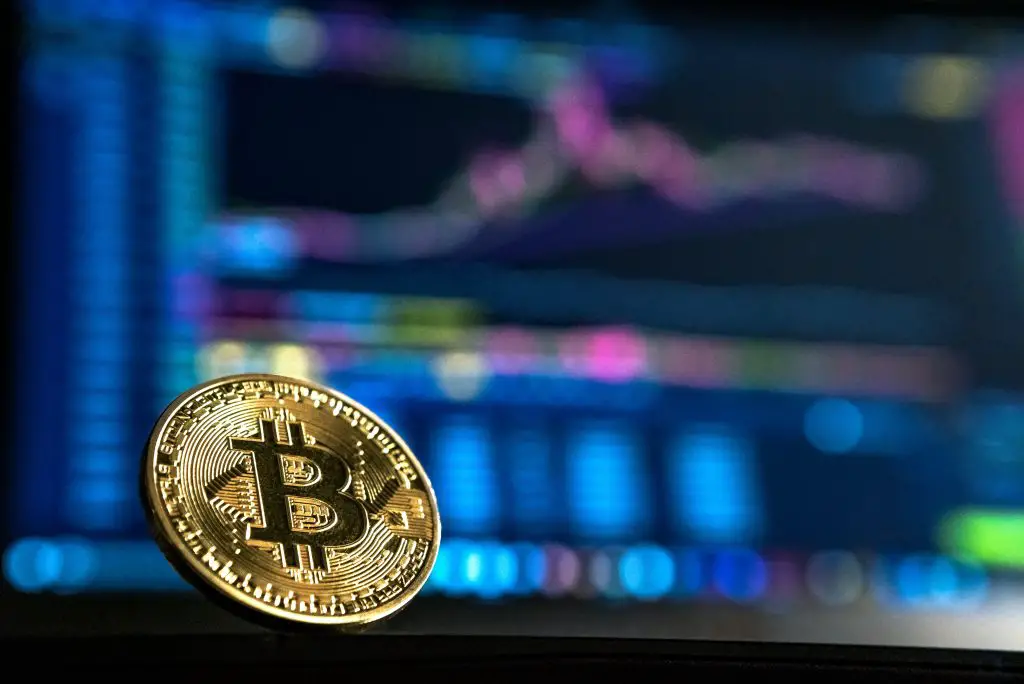Table of Contents
Introduction
Blockchain game development is a rapidly growing field that combines the benefits of blockchain technology with the immersive experience of gaming. Blockchain technology is a decentralized, secure, and transparent system that allows for the creation of unique digital assets, such as non-fungible tokens (NFTs), which can be used in various industries, including gaming. By integrating blockchain technology in games, developers can create new opportunities for monetization, ownership, and trading of in-game assets.
Blockchain game development requires a combination of skills in blockchain technology and game development. Developers need to have a deep understanding of blockchain basics, such as smart contracts, cryptographic algorithms, and consensus mechanisms, as well as game development fundamentals, such as game design, graphics, and user experience. Moreover, developers need to be able to integrate blockchain technology seamlessly into games, ensuring that the game mechanics are fair, secure, and transparent. ownership, and trading of in-game assets.
Key Takeaways
- Blockchain game development combines the benefits of blockchain technology with the immersive experience of gaming.
- Developers need to have a deep understanding of both blockchain basics and game development fundamentals to create successful blockchain games.
- Integrating blockchain technology in games creates new opportunities for monetization, ownership, and trading of in-game assets.
Blockchain Basics

Blockchain technology is a distributed ledger technology that enables secure and transparent transactions between parties without the need for intermediaries. It is a decentralized system that records transactions in a tamper-proof and immutable way.
Distributed Ledger Technology
The distributed ledger technology (DLT) is the foundation of blockchain technology. It is a database that stores information across a network of computers. Every computer in the network has a copy of the database, and every transaction is recorded in the database. The database is secured using cryptography, which ensures that the data is tamper-proof and immutable.
Consensus Mechanisms
Consensus mechanisms are the algorithms that ensure that all the copies of the database in the network are in sync. They ensure that all the transactions in the network are valid and that there is no double-spending. There are several consensus mechanisms used in blockchain technology, including Proof of Work (PoW), Proof of Stake (PoS), and Delegated Proof of Stake (DPoS).
Smart Contracts
Smart contracts are self-executing contracts that are stored on the blockchain. They are computer programs that automatically execute the terms of the contract when certain conditions are met. Smart contracts are used to automate processes and eliminate the need for intermediaries. They are programmed using a programming language called Solidity, which is similar to JavaScript.
In summary, blockchain technology is a revolutionary technology that offers secure, transparent, and decentralized transactions. It is based on distributed ledger technology, which ensures that the database is tamper-proof and immutable. Consensus mechanisms ensure that all the copies of the database in the network are in sync, and smart contracts automate processes and eliminate the need for intermediaries.
Game Development Fundamentals

Game Design Principles
Game design is a critical part of game development. It involves creating the game’s rules, mechanics, and overall structure. The goal of game design is to create a game that is fun, engaging, and challenging for players. Game designers must consider the game’s target audience, the game’s genre, and the game’s platform when designing a game.
Designers must also consider the game’s balance, which is the relationship between the game’s difficulty and the player’s skill level. A well-designed game should be challenging but not frustrating. Game designers must also consider the game’s pacing, which is the rate at which the game’s content is presented to the player.
Development Lifecycle
Game development involves several stages, including pre-production, production, and post-production. During the pre-production stage, the game’s concept is developed, and the game’s design is created. The production stage involves creating the game’s assets, programming the game’s mechanics, and testing the game. During the post-production stage, the game is polished and prepared for release.
Game development teams typically include game designers, artists, programmers, and testers. Each member of the team has a specific role in the development process, and effective communication is critical to the success of the project.
Player Experience
The player experience is a critical part of game development. Game developers must consider the player’s experience throughout the game, from the game’s opening sequence to the game’s ending. The player experience includes the game’s mechanics, the game’s graphics, and the game’s audio.
Game developers must also consider the player’s emotions when designing a game. A well-designed game should evoke emotions such as joy, excitement, and satisfaction. Game developers must also consider the player’s engagement level. A game that is engaging will keep the player interested and invested in the game.
Integration of Blockchain in Gaming

Blockchain technology has the potential to revolutionize the gaming industry by enabling new opportunities for game developers and players. This section explores the integration of blockchain in gaming, focusing on three key areas: asset ownership, in-game economies, and decentralized gaming platforms.
Asset Ownership
One of the primary benefits of blockchain technology in gaming is the ability to establish true asset ownership. In traditional games, players do not truly own the items they acquire in-game, as they are stored on centralized servers controlled by the game developers. However, blockchain technology enables the creation of decentralized marketplaces where players can buy, sell, and trade in-game items with complete ownership and control over their assets. This can create new revenue streams for game developers and provide players with a more immersive and engaging gaming experience.
In-Game Economies
Blockchain technology also enables the creation of more sophisticated in-game economies. By using smart contracts, game developers can create decentralized marketplaces where players can trade in-game items and even earn cryptocurrency. This can create new opportunities for players to monetize their gaming experience and incentivize them to invest more time and resources into the game. However, developers must carefully balance the in-game economy to ensure that it remains fair and accessible to all players.
Decentralized Gaming Platforms
Finally, blockchain technology enables the creation of decentralized gaming platforms that are not controlled by a single entity. This can create a more democratic and transparent gaming experience, as players have more control over the platform and can participate in decision-making processes. Decentralized gaming platforms can also provide a more secure and trustworthy gaming experience, as blockchain technology ensures that data is stored in a tamper-proof and transparent manner.
In conclusion, the integration of blockchain technology in gaming has the potential to transform the industry by enabling true asset ownership, sophisticated in-game economies, and decentralized gaming platforms. However, developers must carefully balance these benefits with the need to create a fair and accessible gaming experience for all players.
Popular Blockchain Gaming Platforms

Blockchain technology has opened up new avenues in the gaming industry, and there are several blockchain gaming platforms available to game developers. In this section, we will explore some of the most popular blockchain gaming platforms.
Ethereum and ERC Tokens
Ethereum is one of the most popular blockchain platforms for game developers. It offers a robust infrastructure that enables developers to create decentralized applications (dApps) and smart contracts. Ethereum’s ERC-721 and ERC-1155 token standards are particularly useful for game developers as they allow for the creation of unique, non-fungible tokens (NFTs) that can be used to represent in-game assets.
Several popular blockchain games, such as CryptoKitties and Axie Infinity, are built on the Ethereum blockchain. These games use NFTs to represent unique in-game assets, such as characters and items, that players can buy, sell, and trade on open marketplaces.
Binance Smart Chain
Binance Smart Chain (BSC) is another popular blockchain platform for game developers. It is a high-performance blockchain that is compatible with the Ethereum Virtual Machine (EVM), which means that developers can easily port their Ethereum-based dApps to BSC.
BSC’s low transaction fees and fast confirmation times make it an attractive option for game developers. Several popular blockchain games, such as My DeFi Pet and My Neighbor Alice, are built on the BSC blockchain.
Emerging Platforms
In addition to Ethereum and BSC, there are several emerging blockchain gaming platforms that are gaining popularity among game developers. These platforms include Flow, Polygon, and WAX.
Flow is a blockchain platform developed by Dapper Labs, the team behind CryptoKitties. It is designed to be developer-friendly and offers a robust set of tools and resources for game developers.
Polygon is a Layer 2 scaling solution for Ethereum that offers faster transaction times and lower fees. It is a popular choice for game developers who want to build on Ethereum but need faster and cheaper transactions.
WAX is a blockchain platform that is designed specifically for digital asset trading. It offers a user-friendly marketplace for buying, selling, and trading in-game assets, making it an attractive option for game developers who want to create blockchain games with a strong focus on trading and economics.
In conclusion, game developers have several blockchain gaming platforms to choose from, each with its own unique features and advantages. Ethereum and Binance Smart Chain are currently the most popular options, but emerging platforms like Flow, Polygon, and WAX are also gaining traction in the industry.
Challenges and Solutions

Blockchain game development is a promising field that is expected to revolutionize the gaming industry. However, there are several challenges that game developers face when creating blockchain games. In this section, we will discuss some of the most significant challenges and the solutions that can help overcome them.
Scalability Issues
One of the most significant challenges that blockchain game developers face is scalability. Blockchain technology is still in its early stages, and its current infrastructure is not yet capable of supporting large-scale gaming applications. The current blockchain network can only handle a limited number of transactions per second, which is not sufficient for massive multiplayer games.
To overcome this challenge, game developers can use layer 2 scaling solutions, such as state channels or sidechains. These solutions can help reduce the number of transactions that need to be processed on the main blockchain network, thereby increasing the scalability of the game.
Security Concerns
Another significant challenge in blockchain game development is security. Blockchain technology is designed to be secure, but it is not immune to attacks. Hackers can exploit vulnerabilities in the game’s smart contracts, which can lead to significant losses for players.
To address this challenge, game developers must implement robust security measures, such as multi-factor authentication, encryption, and secure smart contract coding practices. Game developers can also use blockchain security auditing services to identify and fix vulnerabilities in their games.
User Adoption Strategies
Finally, blockchain game developers must also address the challenge of user adoption. Blockchain technology is still relatively new, and many people are not yet familiar with it. Therefore, game developers must develop strategies to encourage users to adopt blockchain games.
One solution is to create games that are easy to use and understand. Developers can also offer incentives for users to try out their games, such as rewards for completing certain tasks or achievements. Additionally, game developers can leverage social media and influencer marketing to increase awareness and interest in their games.
In conclusion, blockchain game development is an exciting field that has the potential to transform the gaming industry. However, game developers must overcome several challenges, such as scalability, security, and user adoption, to create successful blockchain games. By implementing the solutions discussed in this section, game developers can create games that are secure, scalable, and user-friendly, thereby increasing the adoption of blockchain technology in the gaming industry.
Frequently Asked Questions

What technologies are commonly used in blockchain game development?
Blockchain game development typically involves using smart contracts and decentralized technologies such as Ethereum, EOS, and TRON. These technologies allow developers to create decentralized applications (dApps) that can run on a blockchain network. Other technologies that may be used include non-fungible tokens (NFTs) and cryptocurrency wallets.
What are the steps involved in creating a blockchain-based game?
Creating a blockchain-based game involves several steps, including coming up with a game concept, designing the game mechanics, developing the game using blockchain technologies, and testing and deploying the game. Developers must also consider factors such as user acquisition, marketing, and community building.
How much can the development of a blockchain game typically cost?
The cost of developing a blockchain game can vary widely depending on factors such as the complexity of the game, the blockchain platform used, and the development team’s experience. However, it is generally more expensive than developing a traditional game due to the added complexity of integrating blockchain technologies.
What are the potential revenue models for blockchain games?
Blockchain games can generate revenue through several models, including in-game purchases, advertising, and play-to-earn models. Play-to-earn models allow players to earn cryptocurrency or other rewards by playing the game and contributing to the blockchain network.
How do decentralized applications (dApps) relate to blockchain gaming?
Decentralized applications (dApps) are an essential component of blockchain gaming. DApps allow developers to create games that run on a blockchain network and leverage the benefits of decentralization, such as increased security and transparency.
What are some notable blockchain gaming platforms or companies?
Some notable blockchain gaming platforms and companies include Axie Infinity, The Sandbox, and Gala Games. These platforms and companies are at the forefront of blockchain game development and are helping to shape the future of the industry.


